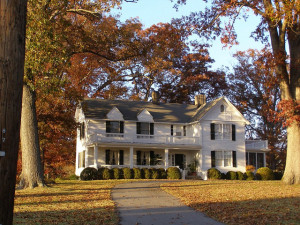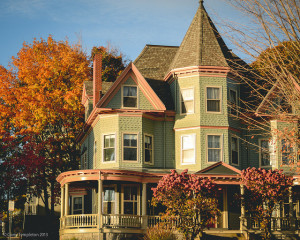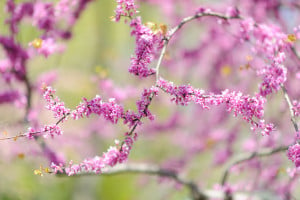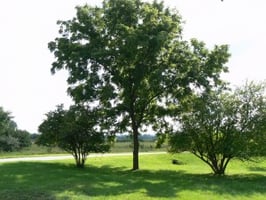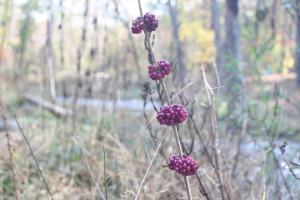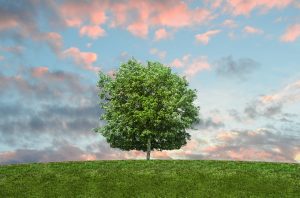With all the rain we have been having in St Louis lately we thought it was a good time to share our...
Preparing for a Spring Planting: Start NOW!
Fall and Spring are the most desirable times to plant a tree in your yard. But don’t run out and grab the first tree you see! With some thoughtful planning, the tree you plant today can be enjoyed for generations to come.
“The best time to plant a tree was twenty years ago, the second best time is now”
– Chinese Proverb
We’ve already discussed the many benefits of having trees near your home (click here, if you missed that post). Planting a tree in your landscape is an easy task you can accomplish yourself with a little planning.
First you will need to complete a site analysis. No need to break out the computer spreadsheets, measuring tapes, compass, etc. Just jot down a few notes about your site to keep in mind.
Here are the factors that need to be considered in your analysis:
- Space (includes above and below ground)
- Water availability
- Soil (texture, pH level, etc)
- Amount of light
Next consider your design criteria. Simply put this means the function of your tree. Why did you want to plant the tree in the first place? Functions can range from engineering, architectural, climate (ex. wind screen), or aesthetics (ex. privacy).
Now that you know what your site can accommodate and what you want out of your tree, start looking for plants that match your criteria. You will be researching the tree characteristics. Keep in mind that if one single factor does not fit, the tree may not survive in the location. However, there are some ways to amend your site to make it more conducive to a new tree species (ex. soil amendments, etc)
Here are some tree characteristics to know:
- Cold hardiness
- Growth habit and size
- Fall Color
- Pest and disease resistance
- Strength of wood
- Maintenance*
*TIP: Some trees will require more maintenance than others. Consider falling fruits you will need to pick up, pest or disease issues to treat, and early pruning to achieve desired shapes.
Another important reminder on choosing plants for the home: GROW NATIVE. Not only are these plants easily available for purchase from area nurseries, but they are more likely to survive in your home landscape. Natives are naturally suited to your region and thus your yard! Check out the website for GrowNative and see their in-depth plant lists for trees and more. Their website says it best on why natives should be in your yard:
“Native plants conserve soil and water and provide the backbone for non-polluting landscapes because they don’t need fertilizers or pesticides. They support a diversity of pollinators and wildlife through improved habitat and reduce long-term maintenance. They are winter-hardy, drought tolerant and are less prone to destructive insects and diseases.”
Hopefully this post has made you more confident in choosing your next addition to your home. If you have any questions or concerns about your current or future trees (native or not!), please contact us!
Check back for a planting tutorial in Spring!
PS
Did you know we are on Instagram? Follow stl.tree.pros for all things tree related!

